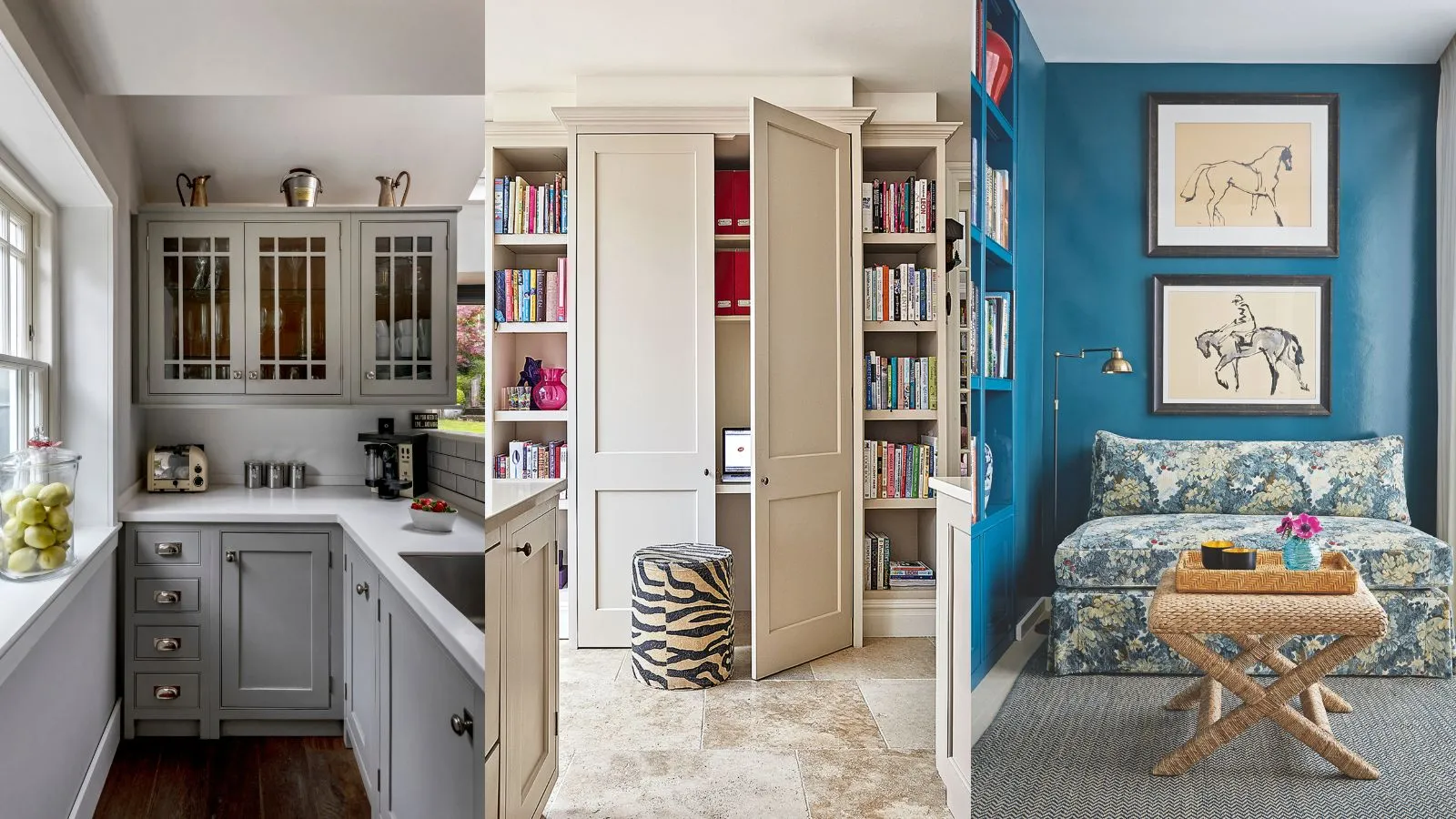Decorating small living rooms on a tight budget can be challenging. But there are ways you can maximize your space without compromising style or comfort.
Storage is key – think strategically built-in furniture that utilizes floor space under seating and shelving to keep things tidy and organized.
1. Create a seating area
Installing a seating area in your living room is an excellent way to expand its size and create an intimate conversation space without making the room seem smaller than it should.
To make a seating area work in your small living room, opt for furniture that doesn’t take up too much floor space – round coffee tables are ideal because they’re easy to position without taking over visual space in the room.
Plan your seating arrangements around an attractive focal point such as a fireplace, TV set or piece of artwork.
2. Create a focal point
One effective strategy for optimizing small living room spaces is creating a focal point. This could include anything from a fireplace and large window with breathtaking views to furniture pieces that stand out.
An attractive focal point can draw the eye toward an entire room or space. It should create an atmosphere or theme and help organize it effectively – this is why it is crucial that you decide what your focal point will be before beginning decorating.
If you’re working with an otherwise dull room without any unique architectural elements to distinguish it, an effective way of creating a focal point would be utilizing a large statement mirror as this will brighten up and make the room feel larger.
3. Use a bare floor
Bare floors may seem harsh and uninviting, but they can become far more liveable with some soft furnishings such as velvet upholstery, fluffy throws, and cane furniture. By layering soft furnishings like these in your living space you will add visual coziness while creating visual comfort in your space.
Installing wider planks than narrow ones can also help open up a small room visually, according to interior designer Vanessa Morgan (opens in new tab). Placing boards and tiles diagonally across the room also makes it appear larger, according to Vanessa Morgan (opens in new tab).
No matter what flooring option you have chosen for your living space, adding texture with a rug can quickly transform it. From different styles and sizes available, rugs offer the ability to fill up spaces between major pieces of furniture.
4. Scale down your furniture
One effective strategy for optimizing small living room spaces is reducing furniture size. Large pieces can quickly take over a room and cause it to feel chaotic and disorganized.
No matter if you are downsizing or transitioning into a smaller home, it is essential that your furnishings reflect the size and constraints of each room.
Scaling back furniture may seem daunting, but it can be an effective strategy for opening up rooms. Consider choosing low-profile pieces such as leggy sofas and see-through elements like glass tops and cabinets to fill out the space more freely.
Avoid placing your sofa directly against a window frame, which leaves no space for drapes to hang freely and open up properly. Instead, choose lighter curtains which let light reflect off of them instead.
5. Use mirrors and glass elements
Mirrors are versatile home decor elements that can transform the feel of any space by expanding its size, brightening it, or hiding architectural flaws. There’s something suitable for everyone’s taste – from rectangular mirrors to round designs with multiple mirrors in various sizes or shapes.
Mirrors reflect light and can help brighten up a room, according to Clarke (opens in new tab). Placing them strategically where natural light shines in can help create the feeling of brightness within a small living room.
Arranging rectangular mosaic mirrors between ceiling panels is an optical trick that can significantly heighten the sense of depth in any small space. Hanging one over a sofa or several chairs can make the room seem twice as large.




